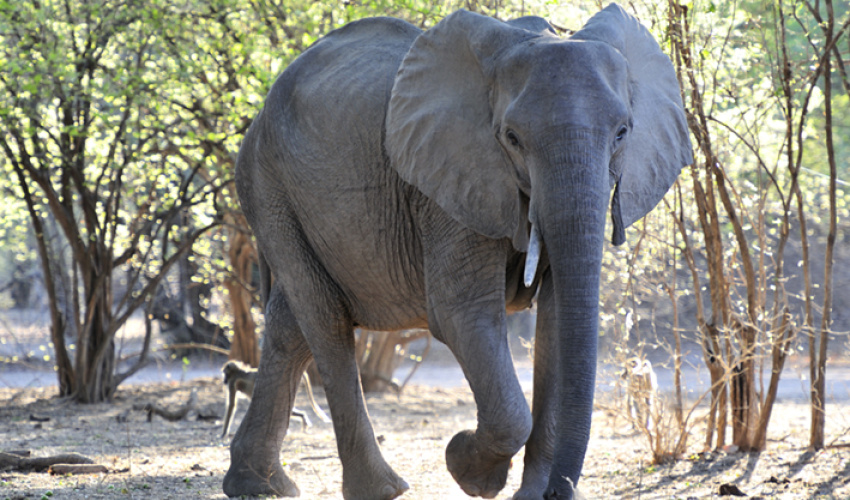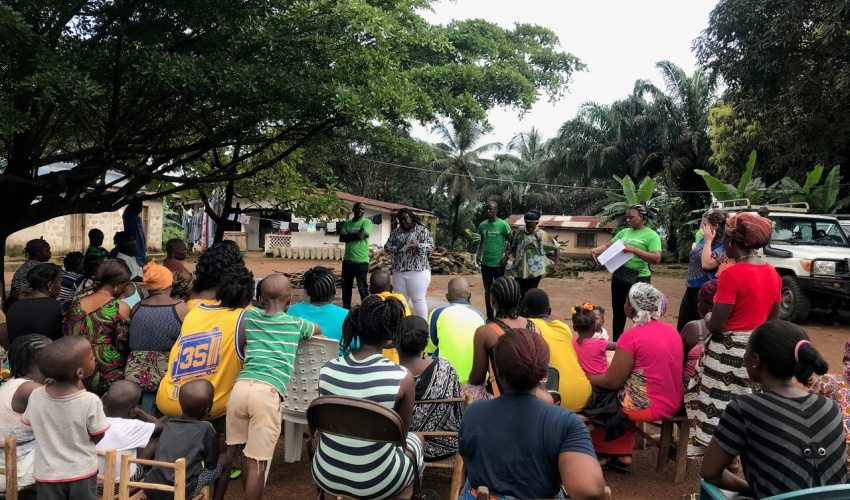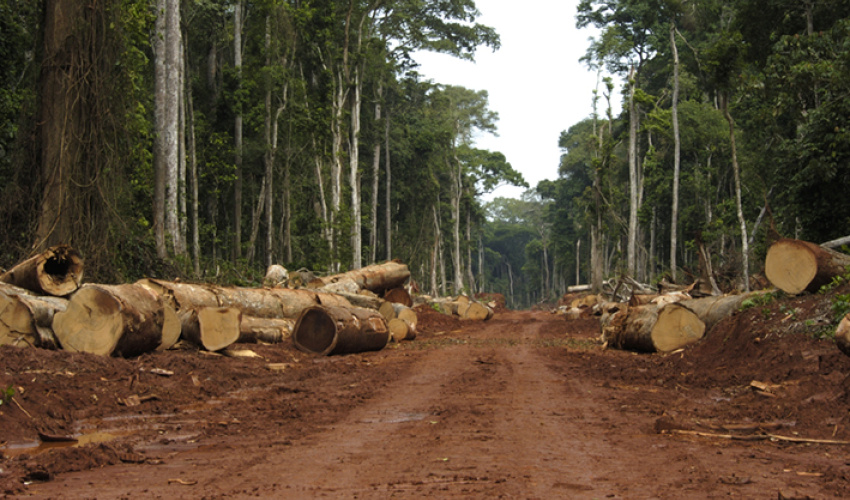Dr. William Karesh
Dr. William (Billy) Karesh is the Executive Vice President for Health and Policy for EcoHealth Alliance and the Co-chair of the IUCN SSC Wildlife Health Specialist Group. He is a member of World Health Organization’s IHR Roster of Experts and serves as the President of the World Organisation for Animal Health (OIE) Working Group on Wildlife. In 2016, he was appointed as a member of the Council on Foreign Relations.











